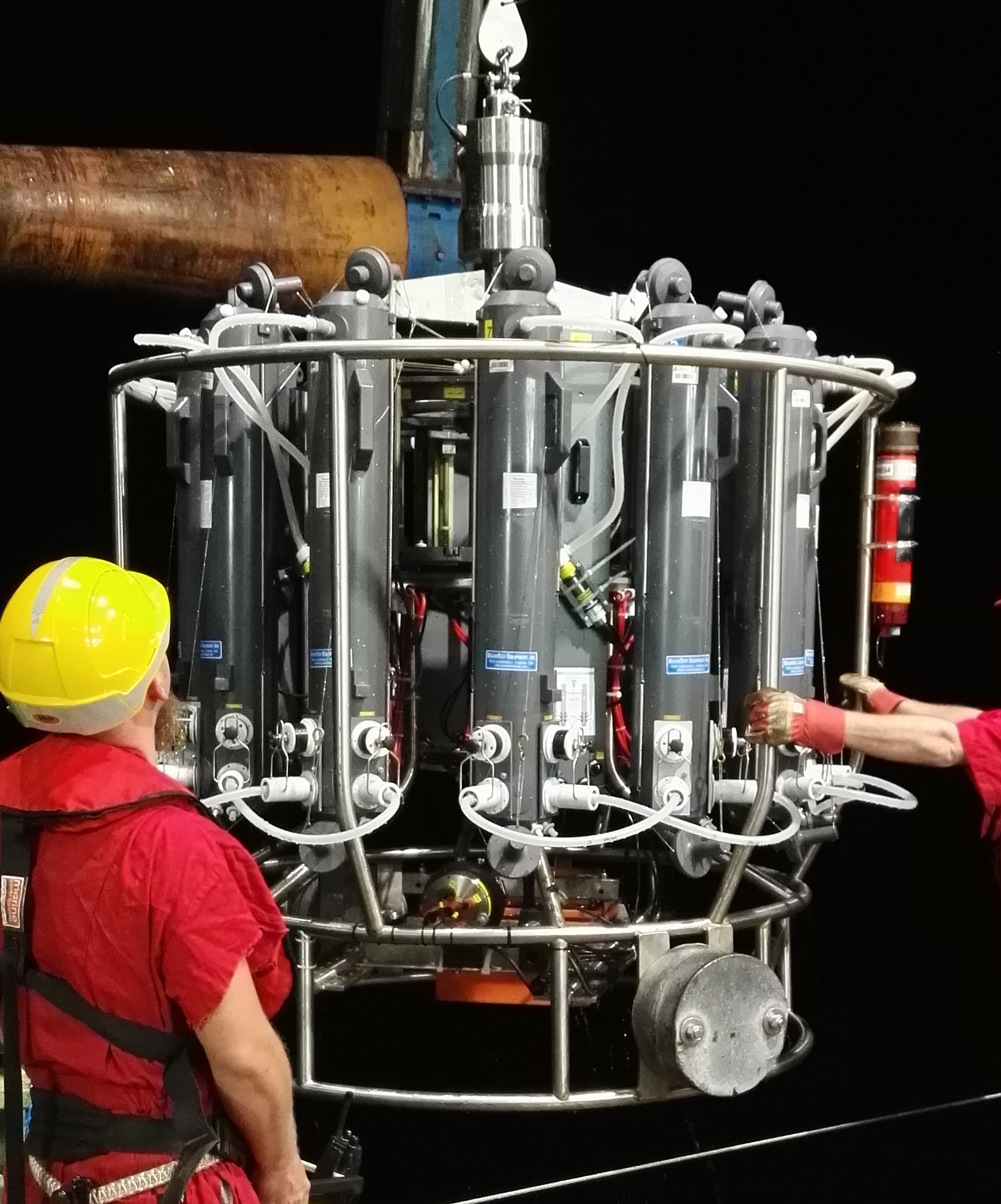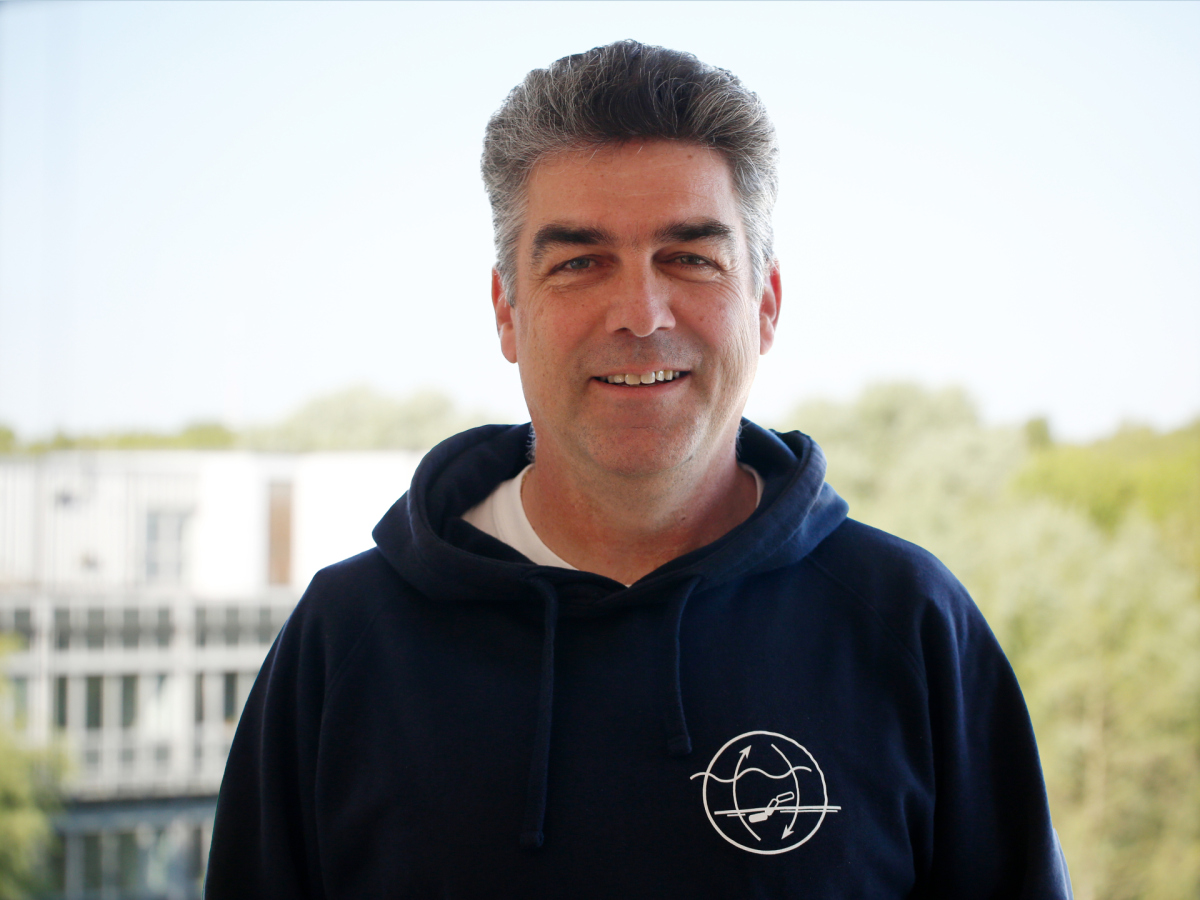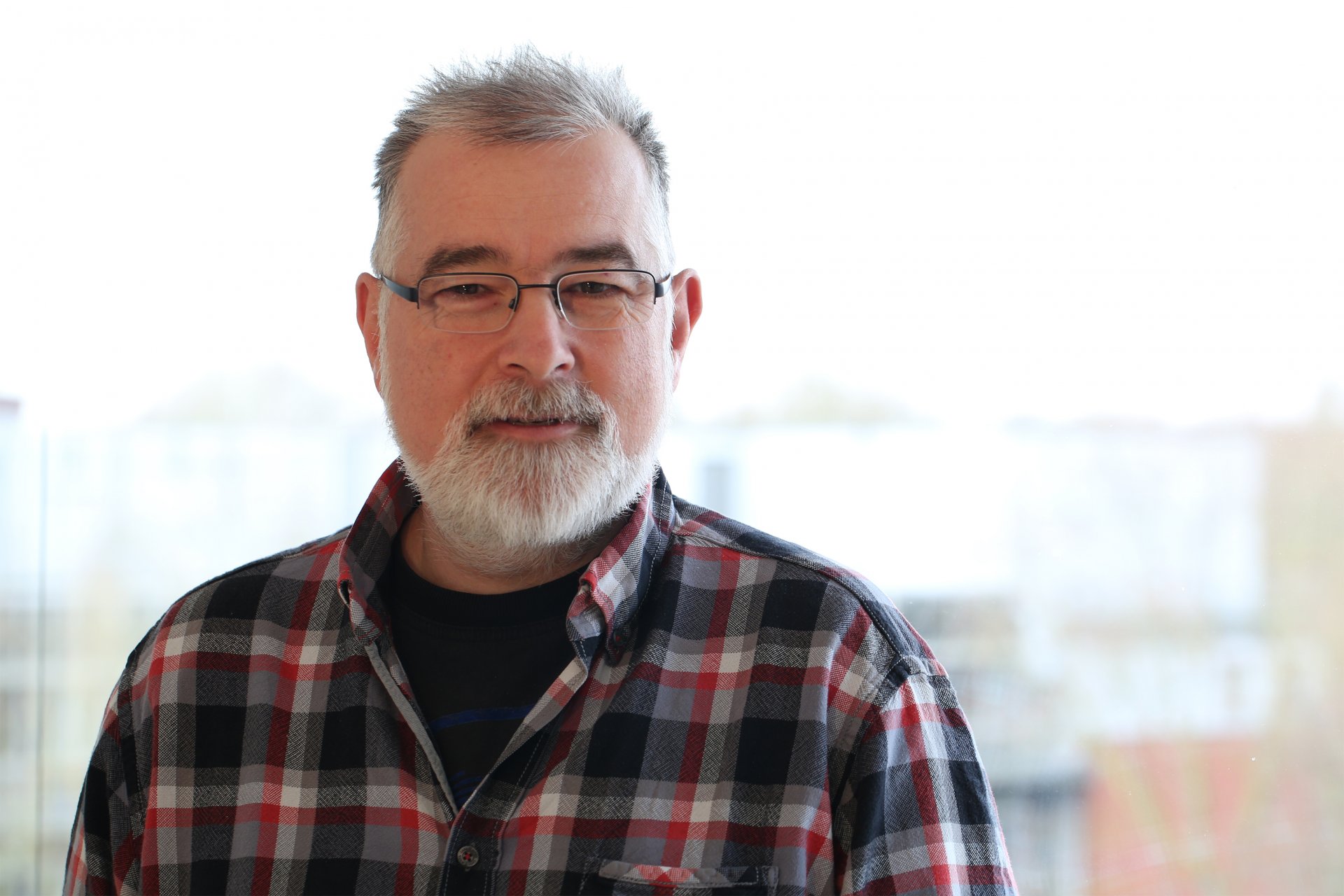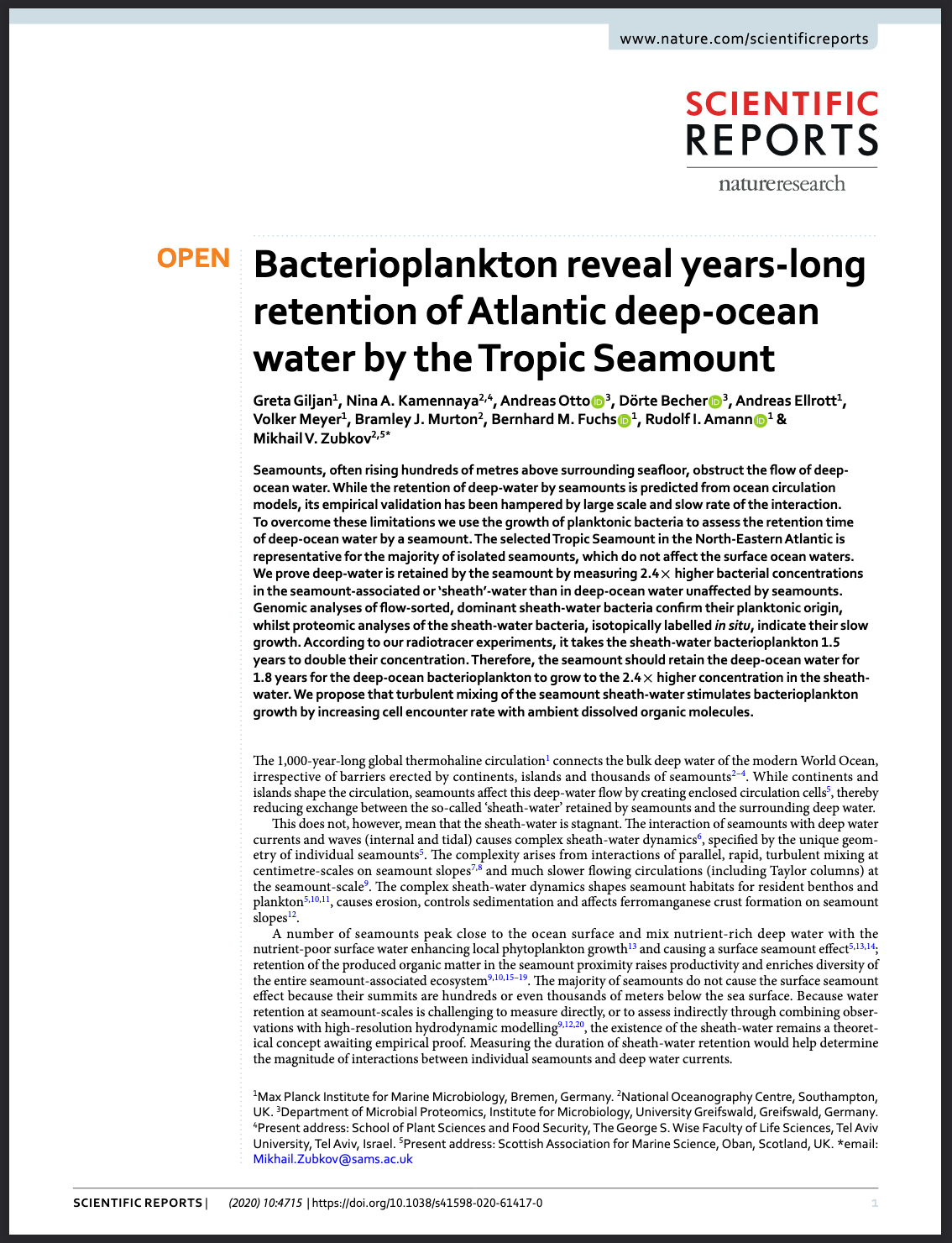Deep Water Incubator

What is the Deep Water Incubator?
The Deep Water Incubator makes it possible to observe the metabolism of deep-sea microbes in their natural habitat. Until now, water samples first had to be taken on board on excursions and then placed in an incubator. However, there was a big problem with this: There is a considerable pressure difference between the deep sea and the ship. On board the ship, the pressure can be restored using special devices. However, through the decompression and the subsequent recompression, the microbes are subjected to a considerable amount of stress. There is a risk that microbial uptake and further processing of carbon and nitrogen compounds will be influenced. This, in turn, can lead to errors in data collection. The idea behind the deep water incubator is to incubate the samples directly on site in the deep sea. Errors resulting from pressure differences can thus be prevented.
How does the Deep Water Incubator work?
An incubator is a vessel containing a substrate (i.e. a nutrient solution) on which microorganisms can grow. Substrates labelled with heavy isotopes of carbon, nitrogen, or hydrogen are often used to detect and follow the metabolism of microorganisms. The microbes that take up the substrate are thereby labelled and can be identified by mass spectrometry.
The Deep Water Incubator is designed for use in the deep sea. It consists of 12 flasks, each with a capacity of 10 l, arranged in a ring. The grey flasks are made of plastic and have lids at the top and bottom. These are operated from the ship and can be closed at the desired depth in order to collect the water sample. Two flasks are connected with two hoses each. One flask contains the substrate. When the lids are closed, a valve to this hose is opened. A pump on the unit then pumps the substrate through the flasks. Afterwards, the incubator is simply left to hang in peace for around 20 h.
After the 20 h have passed, the valve to the second hose, which contains a fixative (i.e. a liquid for preserving structures) is opened. The deep water incubator is then brought back on deck of the ship. The flasks are then emptied and the contents placed on filters for further analysis.
One disadvantage of the current device is that a considerable amount of time must be spent on the ship because of the deep sea incubation. As long as the deep sea incubator is in use, no other device can be lowered. The aim is therefore to develop it into an autonomous device.
The Deep Water Incubator in action
A prototype Deep Water Incubator was successfully deployed in the nutrient-poor North Atlantic Gyre in October and November 2016.
Seamounts, which often rise hundreds of metres above the surrounding seabed, impede the flow of deep water in the ocean. Although this factor has been taken into account in circulation models, empirical validation is quite difficult because of the slow exchange rate of the deep water. In a series of analyses, which also made use of the deep water incubator, a team of scientists from the Max Planck Institute for Marine Microbiology, the National Oceanography Centre from Southampton, and the University of Greifswald have gained some new insights.
The results can be found in the following publication:
Giljan G, Kamennaya NA, Otto A, Becher D, Ellrott A, Meyer V, Murton BJ, Fuchs BM, Amann RI, Zubkov MV. 2020. Bacterioplankton reveal years-long retention of Atlantic deep-ocean water by the Tropic Seamount. Scientific Reports 10:1–11.
Who uses the Deep Water Incubator?
The device was developed by scientists from the Flow Cytometry Research Group led by Bernhard Fuchs together with Mike Zubkov (SAMS Oban, NOC Southampton). It is also used by them. However, the Deep Water Incubator can be used by all members of the Institute if required.
Contact
Group Leader
MPI for Marine Microbiology
Celsiusstr. 1
D-28359 Bremen
Germany
|
Room: |
2222 |
|
Phone: |

Graduate engineer (UAS)
Department of Molecular Ecology
MPI for Marine Microbiology
Celsiusstr. 1
D-28359 Bremen
Germany
|
Room: |
2204 |
|
Phone: |

MPI for Marine Microbiology
Celsiusstr. 1
D-28359 Bremen
Germany
|
Room: |
1302 |
|
Phone: |

